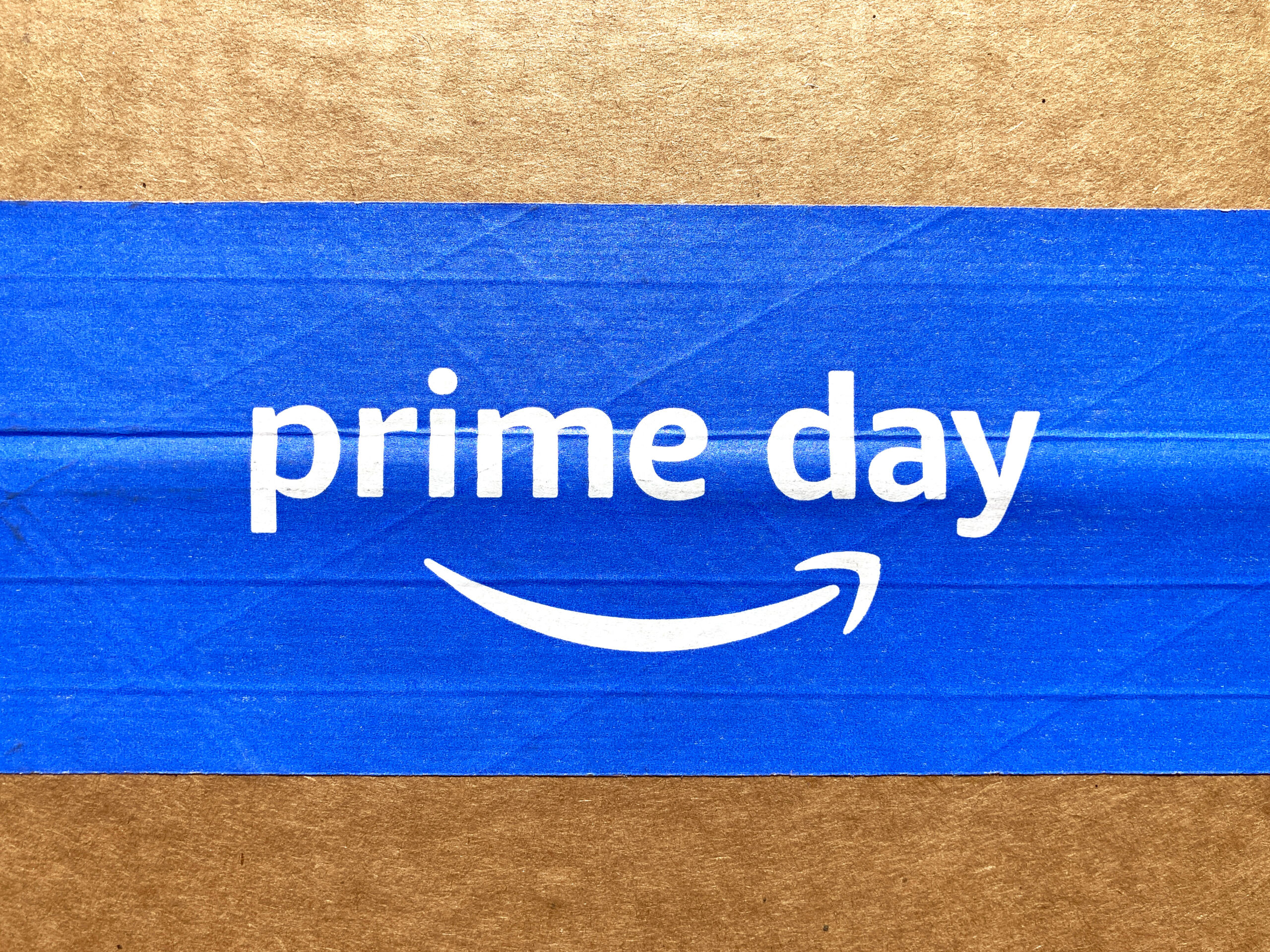Discover how a simple online order sets off a complex chain of tasks, spanning technologies and organizations, to bring products right to your doorstep in a process that is known as order management for eCommerce. From order placement to delivery and even returns management, learn how modern businesses handle order fulfillment across various channels.

Keywords
From a customer’s perspective, the ordering process seems pretty straightforward: select, pay, confirm, wait for delivery. Yet that seemingly simple click triggers a domino effect of tasks, checks, and movements that span multiple technologies and organizations.
eCommerce order management is exactly what it sounds like – the process of managing, fulfilling, and shipping all orders completed on eCommerce channels, whether that’s through your own website or a third-party marketplace, such as Amazon.
The average order fulfillment process looks a little something like this:
This process can be complex for even a small business, and can quickly become overwhelming and unmanageable when you start to manage thousands of orders across multiple channels and distribution centers.
Traditionally, and still in many cases today, order management involves a combination of manual and automated processes designed to streamline operations from the point of sale to delivery to the customer.
In the early days of eCommerce, processes such as order entry, inventory checks, and communication with customers were all manually handled in spreadsheets or basic software and database solutions. These tools helped businesses to organize and visualize data, but still required a lot of manual input and lacked in-depth integrations with other systems.
So, the technology market responded – specialized Order Management Systems (OMS) emerged to offer more sophisticated features for handling complex order processes, including omnichannel selling, backorder management, and returns processing.
An Order Management System (OMS) is simply a platform that helps businesses manage this complex order process, from start to finish.
Here’s a breakdown of core functionality for an OMS:
An OMS provides a single location to centralize the entire order management process, which enables:
A Product Information Management (PIM) system houses crucial information such as product descriptions, titles, specifications, images and pricing that the OMS relies on, and the OMS tends to hold important order information such as order status, tracking information, and inventory adjustments that the PIM may need, so it’s crucial to ensure these systems are integrated and communicating efficiently.
Integrating a PIM system with an OMS ensures real-time data exchange, where the PIM provides up-to-date product information to the OMS for accurate order processing, while inventory levels and order status updates from the OMS keep product availability current across all sales channels.
Plus, this integration facilitates more personalized shopping experiences, offering product recommendations tailored to individual customer preferences and purchase history. Overall, the integration of an OMS with a PIM not only optimizes operational efficiencies but also plays a crucial role in building and maintaining positive customer relationships through a superior shopping experience.
Choosing the right Order Management System (OMS) for your organization involves a thorough evaluation of your business needs, technical requirements, and growth plans.
Here are key considerations to help you select the right OMS:
Order volume and complexity: Consider the volume of orders you process and the complexity of your order management needs, including multi-channel sales, international orders, and custom product configurations.
Customer experience goals: Identify the aspects of the customer experience you want to improve, such as delivery times, order accuracy, or return processes.
Integration with existing systems: Look for an OMS that can easily integrate with your existing eCommerce platform, CRM, PIM, and ERP systems to ensure seamless data flow and minimize disruptions.
Automation features: Check for automation capabilities that can streamline order processing, fulfillment, and returns, reducing manual errors and operational costs.
Inventory management and forecasting: Ensure the OMS offers robust inventory management features, including real-time inventory tracking across multiple locations and channels.
Analytics and reporting: Access to detailed analytics and reporting can help you make informed decisions about inventory management, sales strategies, and customer service improvements.
Cloud-based vs. on-premise: Decide whether a cloud-based OMS, which offers flexibility and lower upfront costs, or an on-premise solution, which may offer more control and customization, is right for your business.
User interface and ease of use: The system should be intuitive for your team to use, with minimal training required. A good user interface can improve efficiency and reduce errors.
Security and compliance: Ensure the OMS meets industry standards for data security and privacy, especially if you handle sensitive customer information.
Support and training: Evaluate the level of support and training the vendor provides, including the availability of resources, response times for support requests, and ongoing training opportunities.
Vendor reputation and reliability: Research the vendor’s reputation in the market. Look for reviews, case studies, and testimonials from businesses similar to yours.
Cost: Consider not only the initial cost but also the total cost of ownership, including any ongoing fees for support, updates, and additional features.
Flexibility and customization: Choose an OMS that offers flexibility and customization options to adapt to future business needs, such as launching new products or entering new markets.
Innovation and updates: Consider whether the vendor regularly updates the software with new features and stays on top of industry trends to support your business’s growth over time.
Selecting the right OMS requires careful consideration of how the system will fit with your current operations and support your future goals. It’s beneficial to request demos, free trials, and to discuss your specific needs with vendors to ensure you find a solution that aligns with your organizational objectives and enhances your operational efficiency.
As the digital marketplace continues to evolve, the selection and integration of an OMS become crucial for businesses aiming to streamline their operations, enhance customer experiences, and scale in a competitive landscape.
Ultimately, the success of eCommerce hinges not just on what the customer sees on the screen, but on the sophisticated, behind-the-scenes orchestration of technology, logistics, and strategy that transforms a simple click into a seamless delivery experience.
Discover how PIM & OMS work together in the tech ecosystem to create better product experiences.


Explore how PCM helps brands centralize and enrich product data, streamline workflows, and improve content delivery across channels, and gain a...
Read more
2025 Amazon Prime Day has officially been announced for July 8-11; if you’re a brand looking to take full advantage of one of the biggest sales...
Read more
Explore how these 2025 Experience Award winners elevated product experiences by centralizing data, automating workflows, scaling globally, and...
Read more